Home>Gardening & Outdoor>Landscaping Ideas>How To Make Patterns In Grass


Landscaping Ideas
How To Make Patterns In Grass
Published: January 25, 2024
Learn how to create stunning patterns in your grass with our landscaping ideas. Transform your lawn with these simple, yet effective techniques.
(Many of the links in this article redirect to a specific reviewed product. Your purchase of these products through affiliate links helps to generate commission for Storables.com, at no extra cost. Learn more)
Introduction
Are you looking to elevate the visual appeal of your lawn and make a striking impression on anyone who sets foot on your property? Creating patterns in grass can transform a mundane expanse of green into a captivating work of art. Whether you want to add a touch of elegance to your backyard or make a bold statement in a public space, the art of crafting grass patterns offers a unique and visually stunning way to enhance your outdoor environment.
In this comprehensive guide, we will delve into the fascinating world of grass patterns, exploring the techniques, tools, and creative considerations involved in bringing these intricate designs to life. From understanding the principles behind grass patterns to selecting the right tools and materials, we will walk you through each step of the process, empowering you to unleash your creativity and turn your lawn into a mesmerizing masterpiece.
Whether you are a landscaping enthusiast, a homeowner with an eye for aesthetics, or a professional seeking to expand your repertoire, this guide is designed to provide you with the knowledge and inspiration needed to embark on your grass-pattern journey. So, roll up your sleeves, channel your inner artist, and get ready to transform your green canvas into a stunning display of natural beauty.
Key Takeaways:
- Elevate your lawn with captivating grass patterns, creating visually stunning designs through the interplay of light and shadow. Unleash your creativity and transform your outdoor space into a mesmerizing work of art.
- Prepare, create, and maintain captivating grass patterns to infuse your lawn with natural beauty and enduring allure. From classic elegance to intricate designs, unleash your creativity and captivate all who behold your living masterpiece.
Read more: How To Cut Grass In A Diamond Pattern
Understanding Grass Patterns
Grass patterns, also known as lawn stripes, are the result of bending grass blades in different directions to create contrasting light and dark lines. This optical phenomenon occurs when light reflects off the grass blades, with the bent blades appearing lighter due to the increased surface area exposed to the sun, while the upright blades cast darker shadows. The interplay of light and shadow produces the visually striking patterns that captivate the beholder.
Creating grass patterns is akin to painting on a living canvas, where the grass serves as the medium and the lawnmower or roller as the brush. The direction in which the grass blades are bent determines the orientation of the light and dark stripes, allowing for an endless array of design possibilities. From simple, classic stripes to intricate checkerboard or diamond patterns, the art of grass patterning offers boundless opportunities for creativity.
Understanding the science behind grass patterns enables enthusiasts to harness the full potential of their landscaping endeavors. By mastering the principles of light reflection and grass manipulation, individuals can skillfully craft patterns that not only enhance the aesthetic appeal of their surroundings but also evoke a sense of wonder and admiration.
Moreover, the art of grass patterning is not limited to traditional lawns; it can be applied to athletic fields, golf courses, parks, and public spaces, adding a touch of artistry to functional landscapes. Whether used for decorative purposes or as a means of conveying messages and logos, grass patterns have the power to transform ordinary green spaces into extraordinary works of art.
As we embark on this journey to explore the art and technique of grass patterning, it is essential to embrace the fusion of science and creativity that underpins this captivating form of landscaping. By delving into the intricacies of grass manipulation and design, we can unlock the potential to turn any expanse of grass into a mesmerizing tapestry of patterns and visual intrigue.
Tools and Materials
Embarking on a grass patterning project requires the use of specific tools and materials to achieve the desired results. While the process itself is relatively straightforward, having the right equipment at your disposal is essential for creating crisp, well-defined patterns that will endure and captivate.
The primary tool for crafting grass patterns is a reliable lawn mower equipped with a rear roller or a lawn roller. The roller, typically attached to the rear of the mower, serves to bend the grass blades in the direction of travel, creating the contrasting light and dark stripes that form the pattern. It is important to ensure that the roller is in good condition, as any damage or irregularities could compromise the quality of the pattern.
Additionally, selecting the right type of grass is crucial for achieving optimal results. Grass species with fine blades, such as Bermuda grass or Kentucky bluegrass, tend to yield sharper and more defined patterns compared to coarser varieties. The choice of grass also influences the contrast between the light and dark stripes, with some species producing more pronounced visual effects than others.
Furthermore, having a well-maintained lawn mower with sharp blades is essential for clean and precise cutting, which contributes to the overall visual impact of the pattern. Dull blades can tear the grass rather than cleanly cutting it, leading to a frayed appearance and diminishing the clarity of the design.
Other considerations include the availability of a striping kit, which can be attached to the mower to further enhance the definition and contrast of the grass patterns. Additionally, a level and measuring tape may be useful for ensuring symmetry and precision when planning and executing more elaborate designs.
Lastly, a keen eye for design and a touch of creativity are invaluable tools in the grass patterning process. Whether opting for classic, straight-line patterns or experimenting with more intricate designs, the ability to visualize and execute a compelling layout is essential for achieving stunning and visually captivating results.
By understanding the significance of the right tools and materials, as well as the impact of grass species and equipment maintenance, enthusiasts can set the stage for a successful grass patterning endeavor. Armed with the necessary resources and a creative vision, individuals can transform their outdoor spaces into enchanting displays of natural artistry.
Choosing a Design
When it comes to creating grass patterns, the design you choose plays a pivotal role in shaping the visual impact of your lawn. The possibilities are virtually endless, ranging from classic and elegant patterns to bold and intricate designs that showcase your creativity and individuality. Before embarking on your grass patterning journey, it’s essential to consider various factors that will influence your design choices and ultimately contribute to the overall aesthetic appeal of your outdoor space.
One of the first considerations is the size and shape of your lawn. The layout of your outdoor area will influence the scale and feasibility of certain designs. For smaller lawns, simpler patterns such as straight lines or gentle curves may be more suitable, while larger expanses of grass offer the opportunity to experiment with more elaborate and dynamic designs.
Moreover, the intended purpose of the pattern should also inform your design decisions. If you’re aiming to create a formal and polished look, classic stripes or checkerboard patterns may be the ideal choice. On the other hand, if you seek to infuse a sense of playfulness and whimsy into your lawn, consider exploring more unconventional designs, such as zigzags, waves, or even custom shapes and symbols.
Consider the surrounding landscape and architectural elements when selecting a design. Harmonizing the grass pattern with the existing features of your outdoor space can create a cohesive and visually appealing environment. For instance, aligning the pattern with the lines of your house or integrating it with garden beds and pathways can contribute to a unified and harmonious aesthetic.
Additionally, the frequency and direction of mowing will influence the design’s visual impact. Alternating the direction of the stripes or incorporating intersecting patterns can create a sense of depth and texture, adding visual interest to the lawn and enhancing the overall effect.
Lastly, consider the seasonal variations and how the chosen design will evolve throughout the year. Some patterns may appear more striking during certain seasons, while others maintain their allure year-round. By envisioning how the design will interact with the changing landscape, you can create a captivating and dynamic outdoor space that evolves with the passage of time.
Ultimately, the design you choose should reflect your personality, complement the surrounding environment, and contribute to the overall ambiance of your outdoor space. Whether aiming for sophistication, whimsy, or a blend of both, the art of grass patterning offers a canvas for self-expression and creativity, allowing you to transform your lawn into a captivating and personalized work of art.
To make patterns in grass, use a lawn roller or a mower with a roller attachment to flatten the grass in different directions. This will create a striped or checkerboard pattern.
Preparing the Grass
Before embarking on the process of creating captivating grass patterns, it is essential to prepare the grass to ensure optimal results. Proper preparation not only enhances the visual impact of the patterns but also promotes the health and vitality of the lawn, contributing to its overall resilience and lush appearance.
One of the fundamental steps in preparing the grass is to ensure that it is at an appropriate height for mowing. Ideally, the grass should be mowed to a uniform and moderate height, typically ranging between 2.5 to 3.5 inches, depending on the grass species. Trimming the grass to an even length provides a consistent canvas for the pattern, allowing for uniform bending and alignment of the grass blades.
Prior to mowing, it is advisable to clear the lawn of any debris, such as fallen leaves, twigs, or branches, which could obstruct the mowing process and compromise the clarity of the pattern. Additionally, inspect the lawn for any uneven or rough areas that may require leveling or minor adjustments to ensure a smooth and seamless mowing experience.
It is crucial to mow the grass when it is dry to achieve the best results. Wet grass can be challenging to cut cleanly and may lead to clumping, resulting in an uneven and less defined pattern. Therefore, scheduling the mowing process during a dry spell or in the early hours of the day, when the dew has evaporated, is recommended for optimal outcomes.
Furthermore, assessing the condition of the lawn roller or striping kit is essential to ensure that they are in good working order. The roller should be free of any debris or residue that could transfer onto the grass, potentially affecting the pattern’s clarity and uniformity.
Lastly, it is beneficial to approach the process with a mindful and deliberate mindset, especially when planning and visualizing more intricate designs. Taking the time to assess the layout of the lawn and envision the desired pattern can contribute to a more precise and aesthetically pleasing outcome.
By meticulously preparing the grass and attending to the necessary pre-mowing considerations, enthusiasts can set the stage for a successful and visually captivating grass patterning experience. This thoughtful approach not only enhances the immediate visual impact of the patterns but also contributes to the overall health and vibrancy of the lawn, creating a harmonious and enchanting outdoor environment.
Read more: How To Change Infill Pattern In Cura
Creating the Pattern
With the grass meticulously prepared and the design chosen, it’s time to bring your envisioned pattern to life. The process of creating grass patterns is an artful blend of technique, precision, and creativity, culminating in visually stunning results that transform your lawn into a captivating display of natural artistry.
When mowing to create grass patterns, it is essential to establish a clear starting point and mow in straight, consistent lines. For classic stripe patterns, mow the entire length of the lawn in parallel lines, ensuring that each pass slightly overlaps the previous one to create a seamless and uniform effect. Paying attention to the alignment and straightness of the lines is crucial for achieving a polished and professional appearance.
For more intricate designs, such as checkerboard or diamond patterns, careful planning and precise execution are paramount. Utilizing measuring tape, stakes, or other guiding tools can aid in marking the layout of the design on the lawn, ensuring symmetry and accuracy during the mowing process. Taking the time to establish clear boundaries and guidelines for the pattern can contribute to a visually striking and well-defined outcome.
When incorporating curves or circular elements into the design, maneuvering the mower with steady and controlled movements is essential for achieving smooth and graceful lines. Patience and a steady hand are key when navigating the mower along curved pathways, ensuring that the pattern maintains its integrity and fluidity.
Furthermore, for designs that involve intersecting or overlapping patterns, such as waves or intricate geometric shapes, meticulous attention to detail is essential. Ensuring that the lines intersect cleanly and seamlessly can elevate the visual impact of the pattern, creating a sense of depth and complexity that captivates the beholder.
Throughout the mowing process, periodically stepping back to assess the evolving pattern from different vantage points can provide valuable insights into its visual impact and coherence. This allows for real-time adjustments and refinements, ensuring that the pattern unfolds as envisioned and aligns with the desired aesthetic outcome.
Finally, once the pattern is complete, taking a moment to admire the visual spectacle that has been brought to life on your lawn is a rewarding experience. Whether it’s the timeless elegance of classic stripes or the intricate allure of a custom design, the art of creating grass patterns offers a unique and enchanting way to infuse your outdoor space with creativity and natural beauty.
Maintenance and Care
After the meticulous creation of captivating grass patterns, it is essential to implement proper maintenance and care practices to preserve the visual allure of the designs and ensure the overall health of the lawn.
Regular and consistent mowing is crucial for maintaining the clarity and definition of the patterns. Keeping the grass at an optimal height, typically between 2.5 to 3.5 inches, prevents the patterns from becoming obscured and maintains the contrast between the light and dark stripes. Additionally, ensuring that the mower blades are sharp and well-maintained contributes to clean and precise cutting, upholding the integrity of the patterns.
Proper watering and fertilization are essential for sustaining the health and vibrancy of the grass, which in turn enhances the visual impact of the patterns. Adequate hydration and balanced nutrition promote lush and resilient grass growth, contributing to the overall lushness and uniformity of the patterns.
Addressing any signs of stress or damage, such as bare patches or discoloration, is essential for preserving the aesthetic appeal of the patterns. Implementing targeted overseeding or patching measures can help restore the uniformity and lushness of the grass, ensuring that the patterns remain visually captivating and well-maintained.
Regular lawn maintenance practices, such as aerating and dethatching, contribute to the overall health and resilience of the grass, which in turn supports the longevity and vibrancy of the patterns. By promoting healthy root development and optimal soil conditions, these practices sustain the lushness and uniformity of the grass, enhancing the visual impact of the patterns.
Furthermore, addressing any pest or weed infestations promptly is essential for preserving the pristine appearance of the patterns. Implementing targeted pest control and weed management measures safeguards the integrity and lushness of the grass, ensuring that the patterns remain free from unsightly blemishes and disruptions.
Lastly, embracing a mindful and attentive approach to lawn care, coupled with a keen eye for detail, is instrumental in preserving the enduring allure of the grass patterns. Regularly assessing the condition of the lawn and promptly addressing any maintenance needs contributes to a visually captivating and well-maintained outdoor space that continues to captivate and inspire.
By integrating these maintenance and care practices into your lawn care routine, you can ensure that your meticulously crafted grass patterns continue to enchant and delight, transforming your outdoor space into a showcase of natural artistry and enduring beauty.
Conclusion
The art of creating grass patterns transcends the realm of landscaping, offering a captivating fusion of science, technique, and creativity that transforms lawns into mesmerizing displays of natural artistry. From classic stripes that exude timeless elegance to intricate designs that showcase individuality and flair, the process of crafting grass patterns provides a unique canvas for self-expression and aesthetic enhancement.
By understanding the principles of grass manipulation and light reflection, enthusiasts can harness the full potential of this art form, infusing their outdoor spaces with captivating visual intrigue and natural beauty. The careful selection of designs, meticulous preparation of the grass, and precise execution of patterns culminate in visually stunning displays that captivate and inspire.
Moreover, the maintenance and care practices employed to preserve the enduring allure of the patterns contribute to the overall health and vibrancy of the lawn, ensuring that the visual impact of the designs remains captivating and well-maintained throughout the seasons.
Whether adorning residential lawns, public parks, or athletic fields, grass patterns offer a captivating means of transforming green expanses into captivating works of art. The interplay of light and shadow, the precision of technique, and the boundless creativity inherent in this art form converge to elevate outdoor environments and evoke a sense of wonder and admiration.
As we conclude this journey into the enchanting world of grass patterns, we invite you to embrace the artistry and creativity that this unique form of landscaping offers. Whether you are a landscaping enthusiast, a homeowner with an eye for aesthetics, or a professional seeking to expand your repertoire, the art of grass patterning presents an opportunity to elevate outdoor spaces into captivating showcases of natural beauty and artistic expression.
So, roll up your sleeves, unleash your creativity, and embark on a journey to transform your lawn into a living masterpiece that captivates, inspires, and leaves a lasting impression on all who behold it.
Frequently Asked Questions about How To Make Patterns In Grass
Was this page helpful?
At Storables.com, we guarantee accurate and reliable information. Our content, validated by Expert Board Contributors, is crafted following stringent Editorial Policies. We're committed to providing you with well-researched, expert-backed insights for all your informational needs.
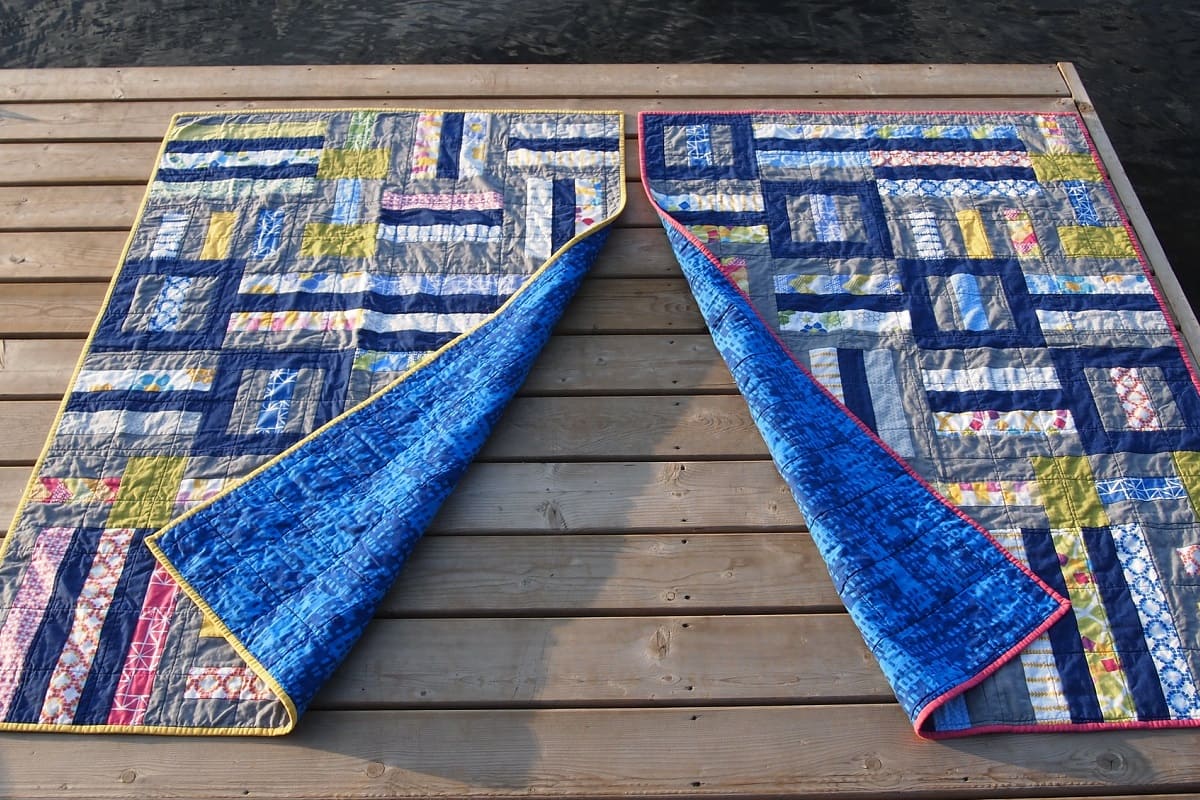
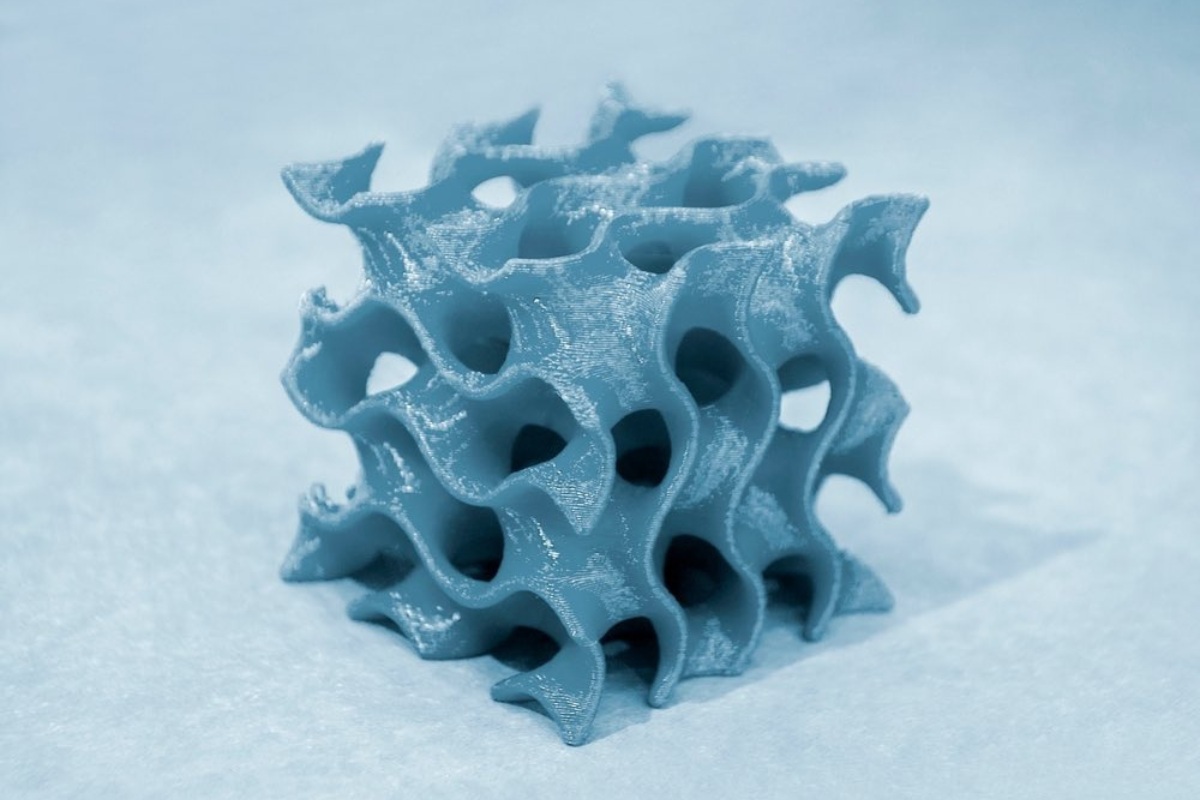
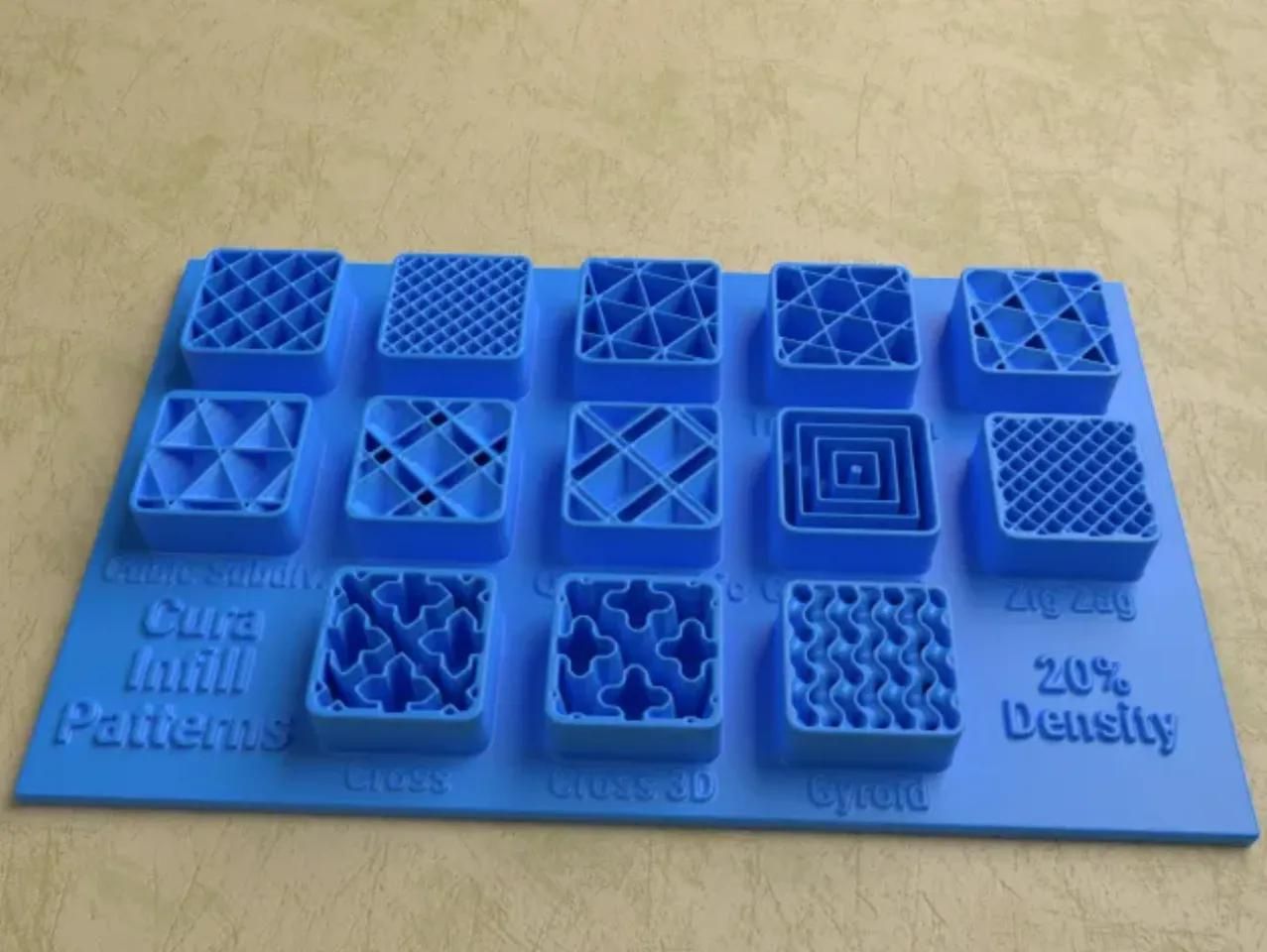


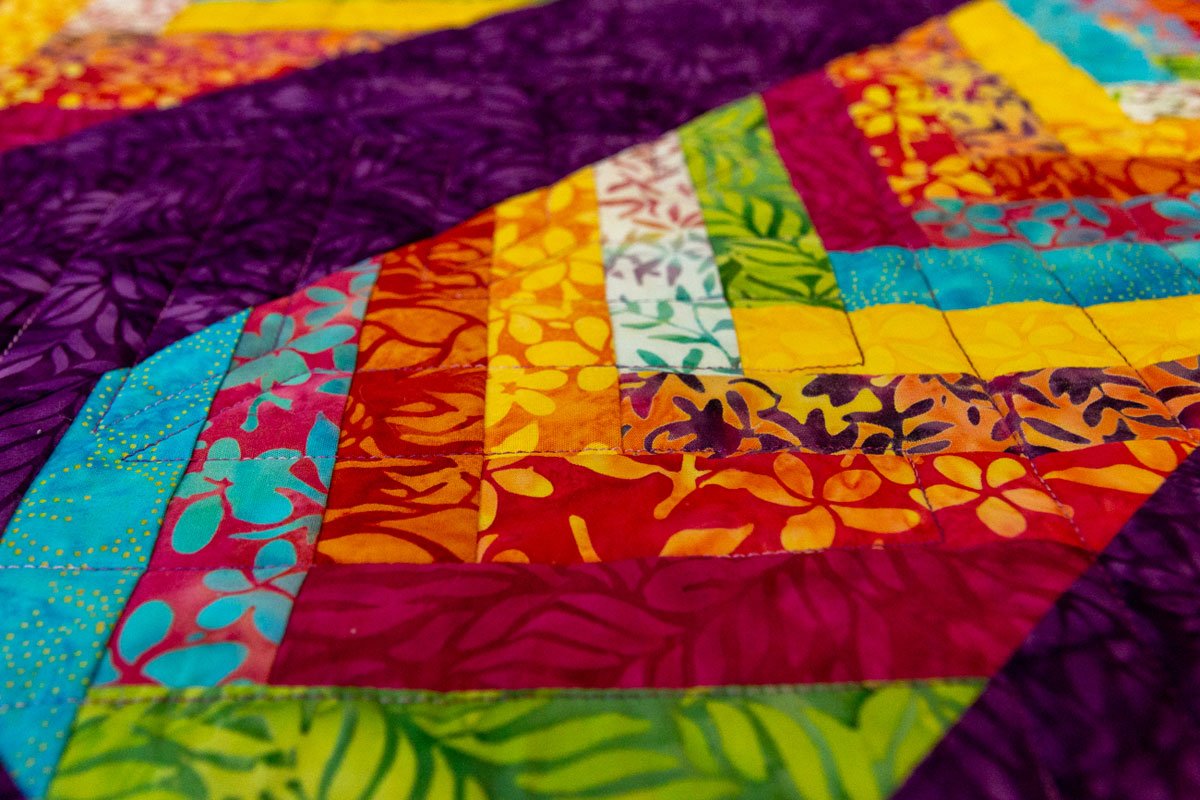
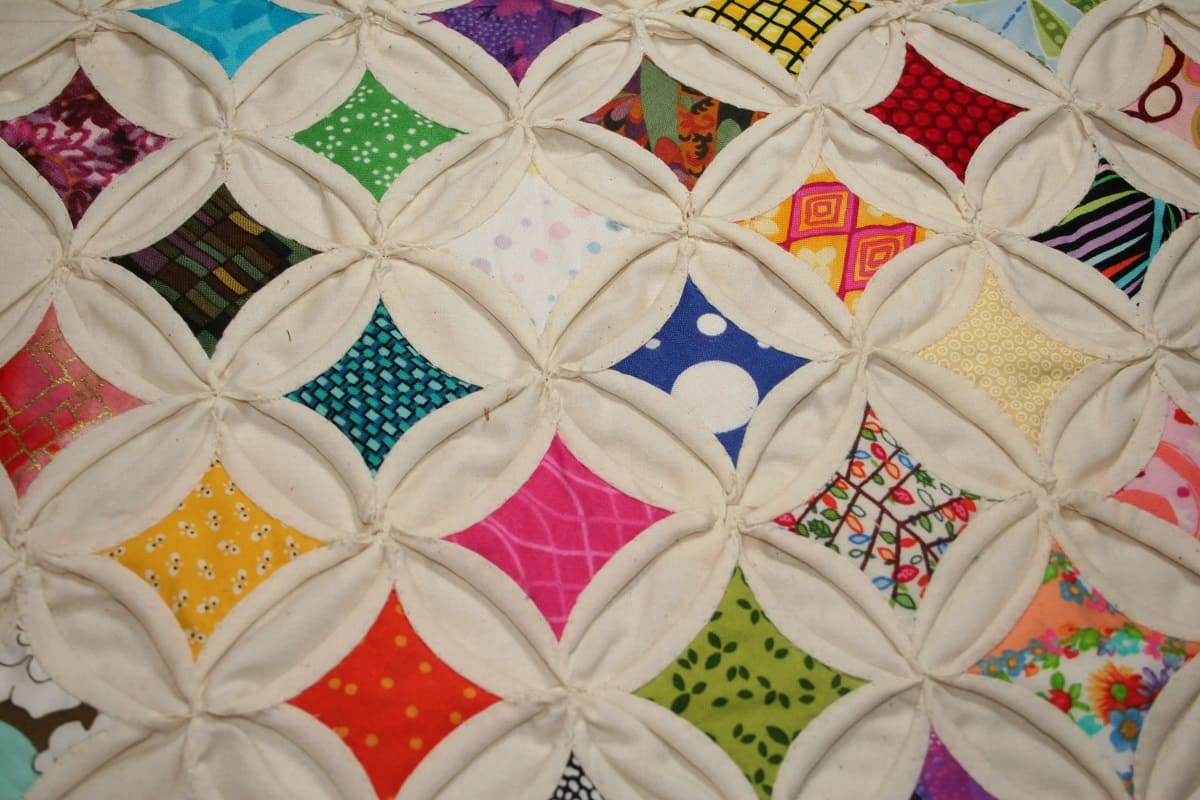
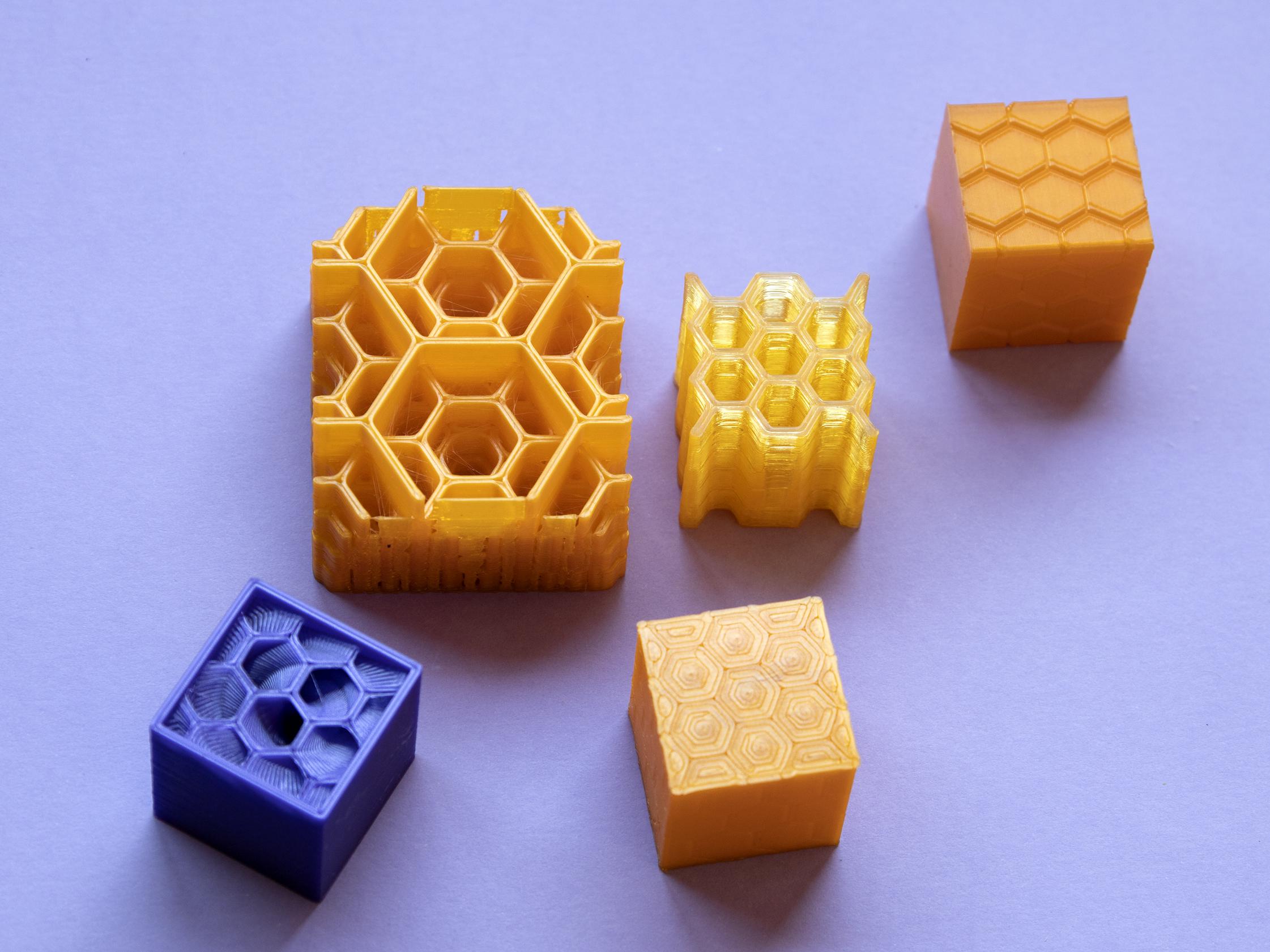
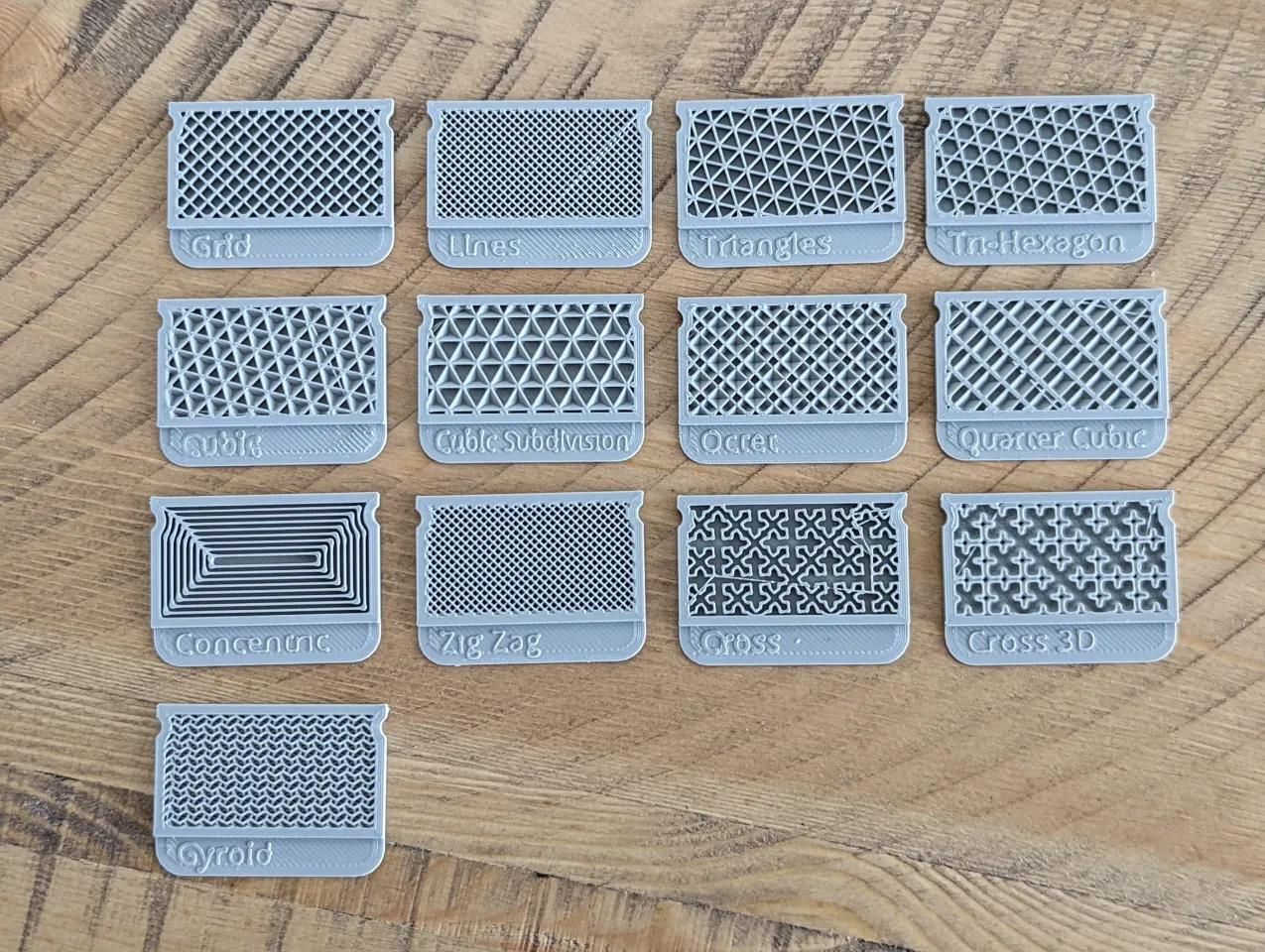
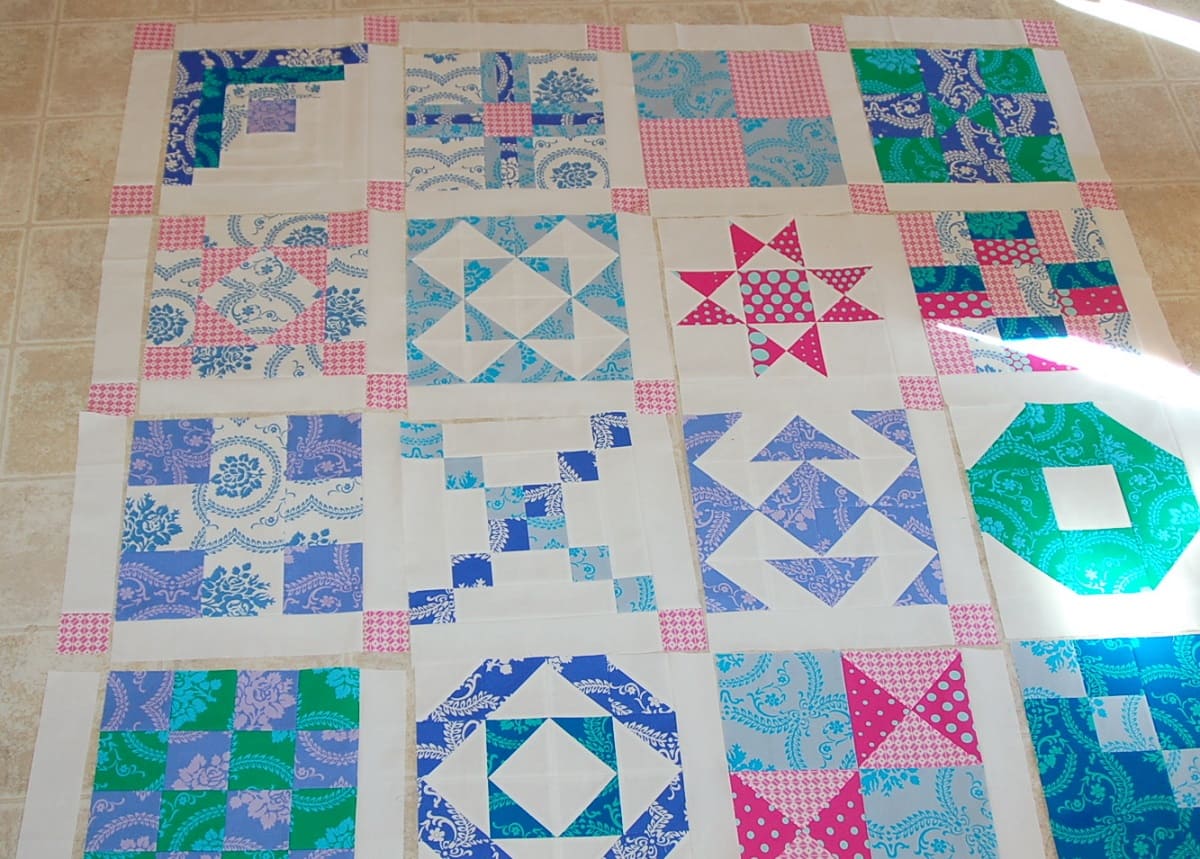

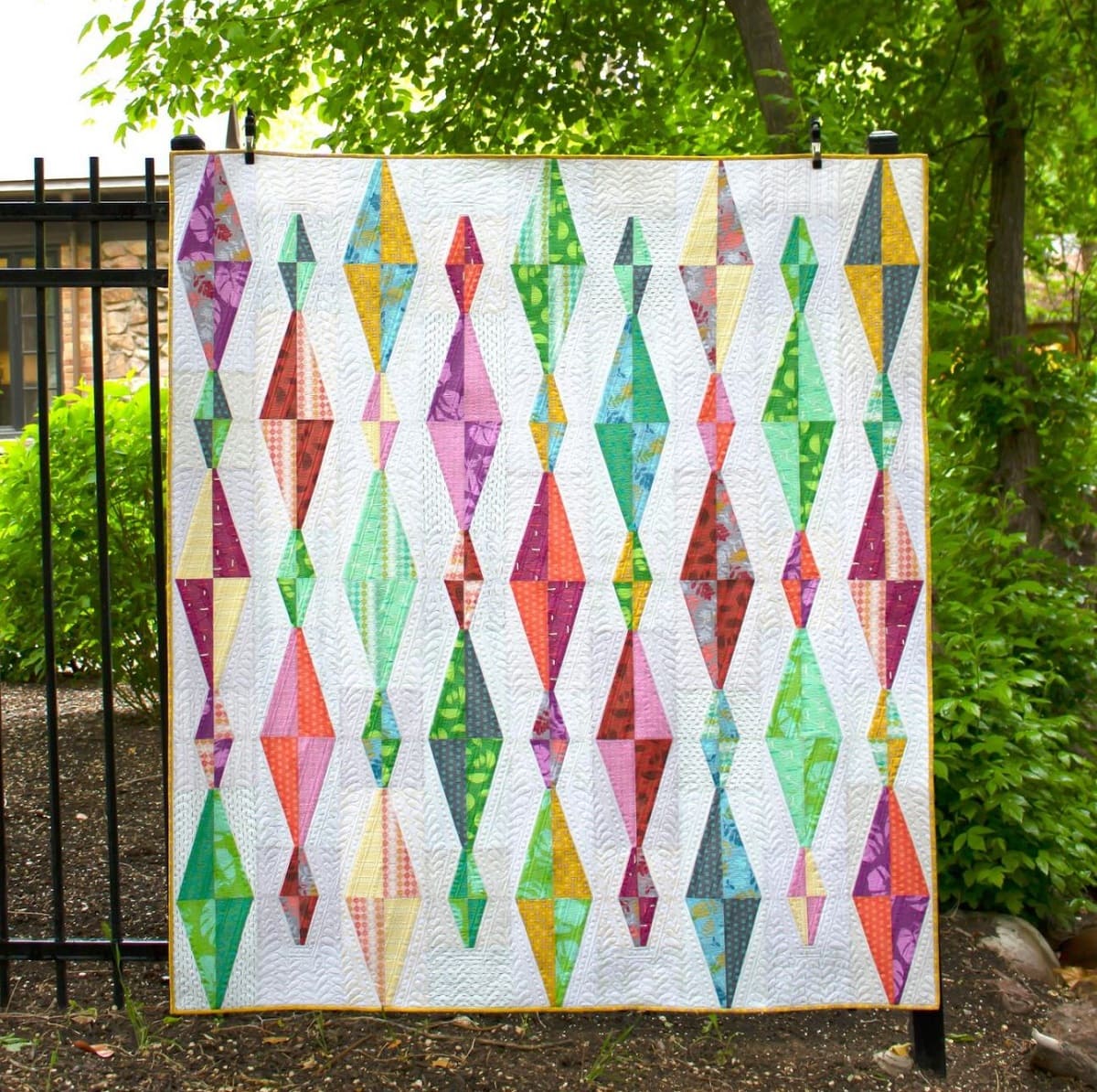
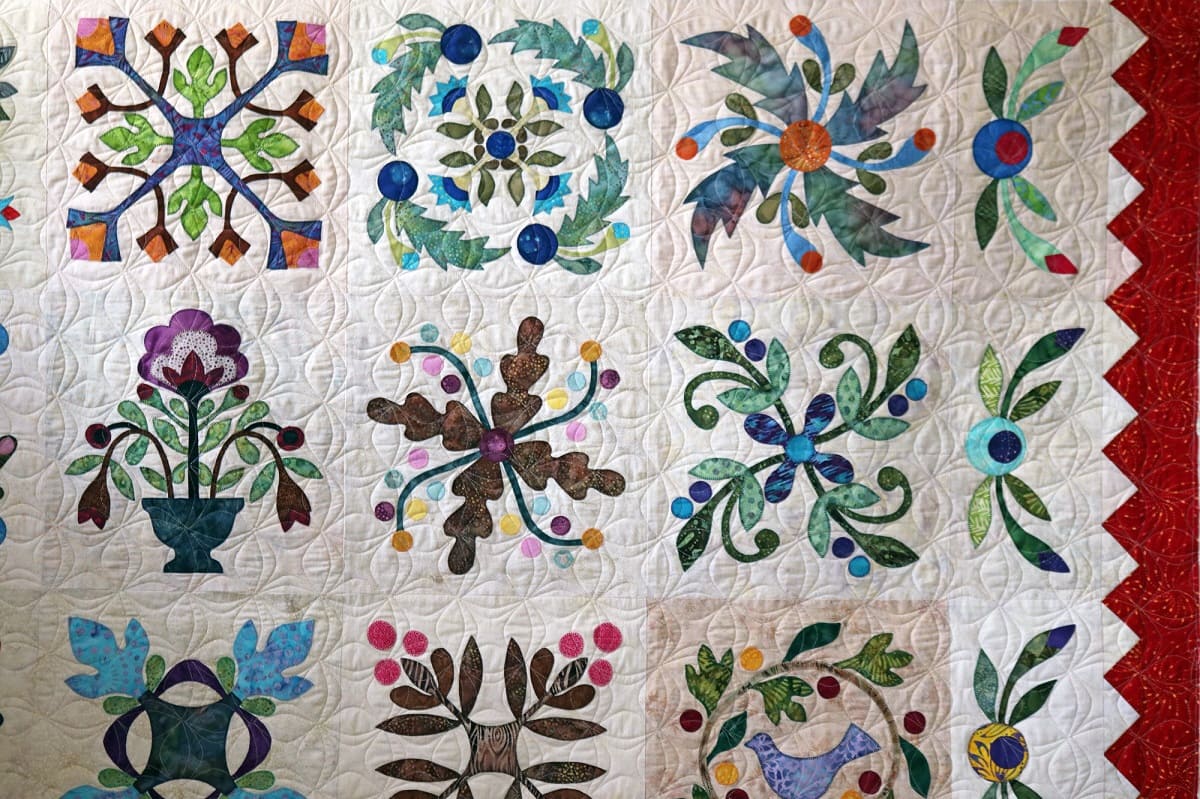
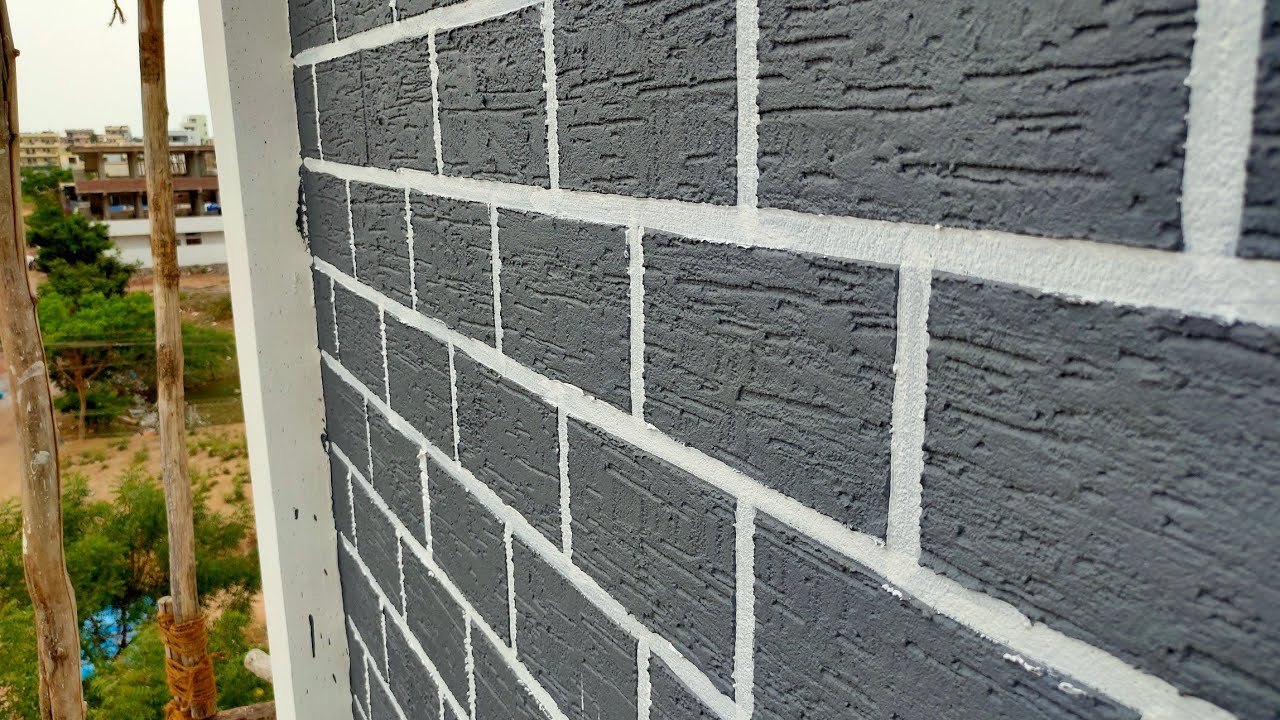

0 thoughts on “How To Make Patterns In Grass”